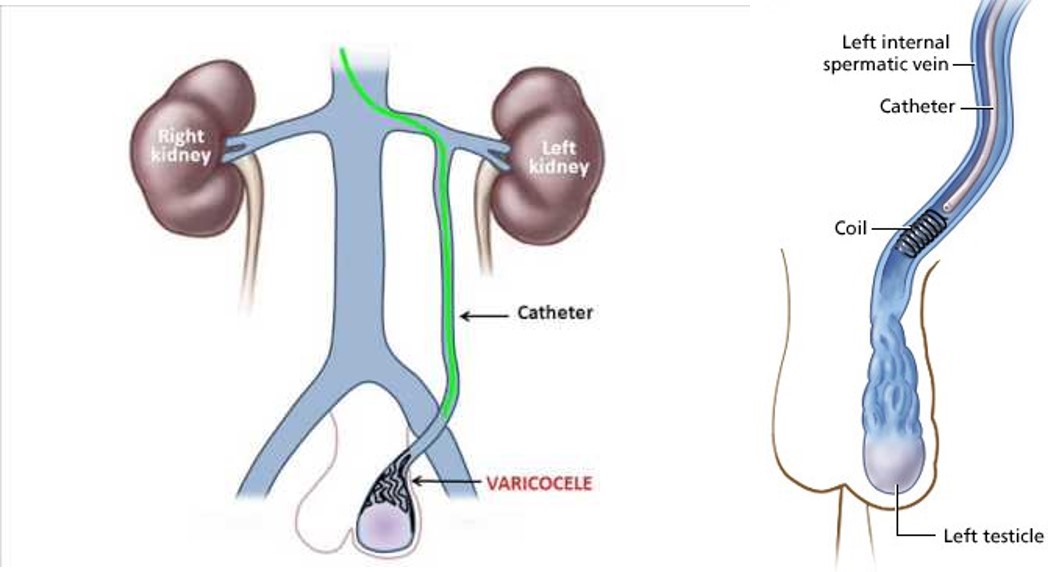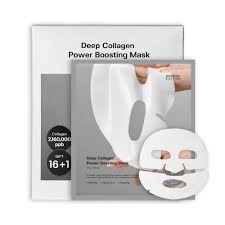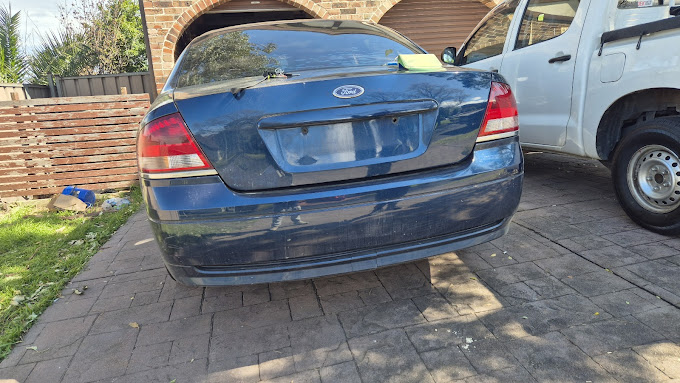Introduction
Varicocele embolisation is a minimally invasive medical procedure that offers a solution to individuals suffering from varicoceles. A varicocele is the enlargement of veins within the scrotum, which can cause discomfort, pain, and in some cases, infertility. While varicocelectomy (surgical removal of the varicocele) has traditionally been the go-to treatment, varicocele embolisation is gaining popularity due to its less invasive nature, shorter recovery time, and effective outcomes. In this article, we will delve into what varicocele embolisation is, how the procedure works, its benefits, and why it might be the right choice for your treatment.
What is Varicocele Embolisation?
Varicocele embolisation is a procedure used to treat varicoceles by blocking the abnormal veins responsible for the condition. It involves the insertion of a catheter into the groin area, which is then guided through the veins leading to the scrotum. Once the catheter reaches the site of the varicocele, a small embolic agent is injected to block the vein. This causes the veins to shrink and stop pooling blood, alleviating the symptoms associated with varicoceles.
The procedure is often performed by an interventional radiologist, a specialist trained in minimally invasive techniques. Unlike traditional surgery, which involves making incisions, varicocele embolisation only requires a small needle prick, making it a less invasive option for many patients.
Why Choose Varicocele Embolisation?
-
Minimally Invasive: One of the primary reasons why patients opt for varicocele embolisation is that it is much less invasive than surgery. Unlike traditional varicocelectomy, which requires large incisions, the embolisation procedure only involves a small puncture in the skin, reducing the risk of infection and promoting faster healing.
-
Shorter Recovery Time: Since the procedure is minimally invasive, recovery time is significantly shorter compared to surgery. Most patients can return to their normal activities within a few days, while surgical recovery can take weeks.
-
Effective Treatment for Infertility: Varicoceles are a leading cause of male infertility, as they can interfere with sperm production and quality. Varicocele embolisation has been shown to improve sperm count and motility in many cases, making it an effective solution for men struggling with infertility issues.
-
Lower Risk of Complications: Because it doesn’t involve incisions or general anesthesia, varicocele embolisation carries fewer risks and complications compared to traditional surgery.
-
Outpatient Procedure: Varicocele embolisation is typically done on an outpatient basis, meaning patients do not need to stay overnight in a hospital. The procedure usually takes about 30 to 60 minutes, and most people can go home the same day.
How Does Varicocele Embolisation Work?
The varicocele embolisation procedure typically involves the following steps:
-
Preparation: Before the procedure, the patient is given a mild sedative to help them relax. Local anesthesia is applied to the area where the catheter will be inserted, ensuring that the procedure is painless.
-
Insertion of Catheter: The doctor makes a small incision in the groin and inserts a catheter (a thin, flexible tube) into the femoral vein. The catheter is guided through the blood vessels to the varicocele.
-
Injection of Embolic Agent: Once the catheter reaches the varicocele, a small embolic agent, such as tiny coils or a liquid substance, is injected into the abnormal veins. This blocks the blood flow to the varicocele, causing the veins to collapse and shrink.
-
Post-Procedure Care: After the procedure, patients may be monitored for a short time to ensure there are no complications. They are usually advised to avoid strenuous activities for a few days, but normal activities can typically resume quickly.
-
Follow-Up: A follow-up appointment is scheduled to monitor the progress and effectiveness of the procedure. In most cases, patients report significant relief from symptoms shortly after the procedure.
Benefits of Varicocele Embolisation
-
Relief from Pain and Discomfort: One of the most immediate benefits of varicocele embolisation is the relief of pain and discomfort caused by varicoceles. Many patients experience a significant reduction in pain following the procedure.
-
Improved Fertility: For men suffering from infertility, varicocele embolisation can lead to improved sperm quality and count. The procedure helps improve blood flow to the testes, potentially enhancing fertility outcomes.
-
Minimal Scarring: Since the procedure only requires a tiny needle puncture, there is little to no scarring involved. This makes it an attractive option for those concerned about visible scars or the long-term effects of surgery.
-
Convenience: As an outpatient procedure, varicocele embolisation is convenient for patients who wish to avoid long hospital stays and the lengthy recovery time associated with surgery.
Recovery After Varicocele Embolisation
The recovery process after varicocele embolisation is generally quick and straightforward. While patients may experience mild discomfort or bruising at the insertion site, this typically resolves within a few days. Most individuals can resume normal activities, including work, within 1 to 2 days. However, strenuous exercise or heavy lifting should be avoided for at least a week.
It’s important for patients to follow the post-procedure instructions provided by their doctor, including attending follow-up appointments to monitor the progress of the treatment. In some cases, a second embolisation may be required if the varicocele does not shrink completely after the initial procedure.
Are There Any Risks or Side Effects?
As with any medical procedure, varicocele embolisation carries some risks. However, the risks associated with this minimally invasive procedure are relatively low. Potential risks include:
- Infection: Although rare, there is a small risk of infection at the insertion site.
- Blood Clots: In some cases, blood clots may form, though this is uncommon.
- Allergic Reaction: Some individuals may have an allergic reaction to the embolic agents used in the procedure, though this is also rare.
It is important to discuss any concerns with your doctor before undergoing the procedure to ensure it is the right choice for your condition.
When to Consider Varicocele Embolisation?
Varicocele embolisation is typically considered when a varicocele causes pain, swelling, or infertility. The procedure is particularly recommended for individuals who:
- Have been diagnosed with a varicocele and are experiencing discomfort or pain.
- Are facing infertility issues and suspect a varicocele may be contributing to their condition.
- Have not responded well to other forms of treatment, such as medication.
- Are looking for a minimally invasive treatment option with a shorter recovery time.
It’s important to consult with a healthcare provider to determine if varicocele embolisation is the right treatment for your specific needs.
Conclusion
Varicocele embolisation is a highly effective, minimally invasive treatment for those suffering from varicoceles. With its shorter recovery time, fewer risks, and ability to improve fertility outcomes, it has become an increasingly popular choice among patients. If you are dealing with the discomfort or fertility issues caused by a varicocele, this procedure could be the solution you’ve been looking for.
For more information on varicocele embolisation and to schedule a consultation, don’t hesitate to contact a specialist at FlowCare today.















Leave a Reply